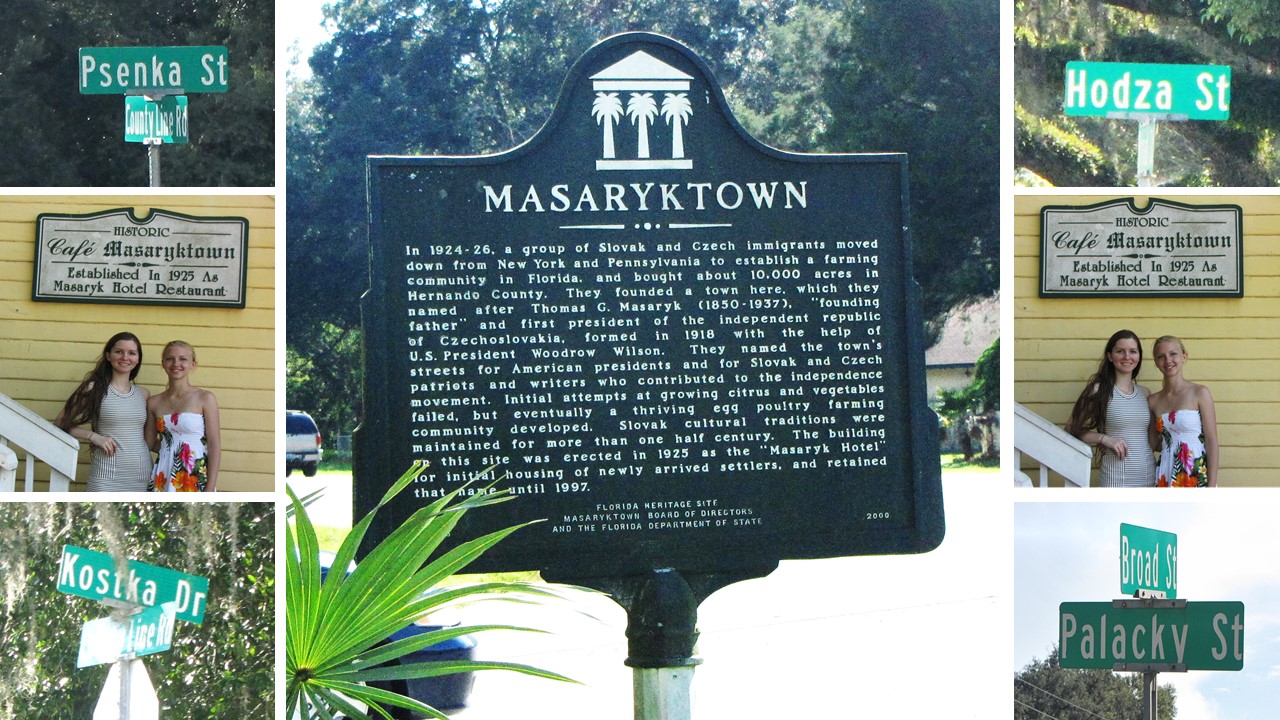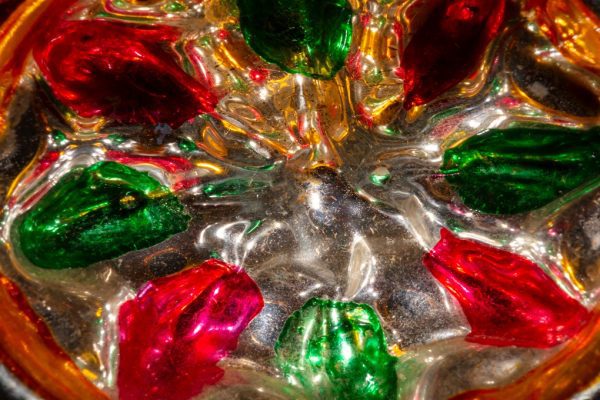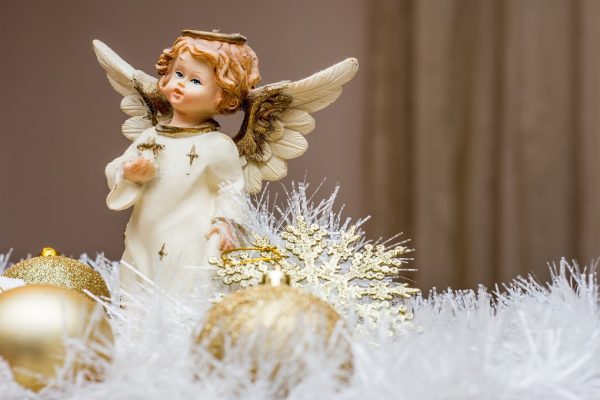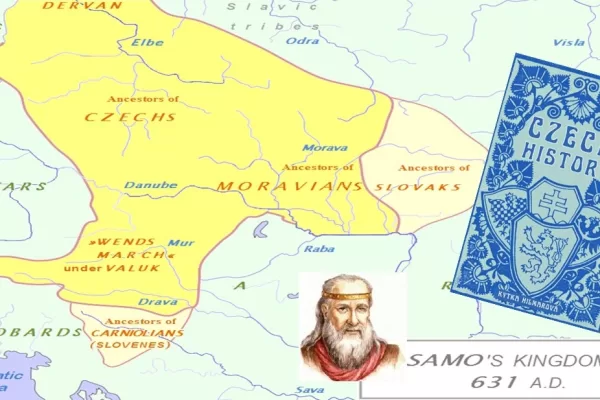On our last visit south, we visited Masaryktown, Florida. We had heard there was a vibrant Czech community there and a Czech hotel and restaurant. But when we arrived, all that it seems remains are the Czech street names, the hotel building and a sign that briefly touches on the history of this once vibrant community. The Czechs of Masaryktown, Florida seem to have all passed away taking their history with them…
 Masaryktown, Florida is located 40 miles north of Tampa and 10 miles south of Brooksville on the western coast of Florida. Long before Interstate 75 and the Suncoast Parkway were built through the heart of Hernando and Pasco counties, Masaryktown’s Beseda dancers and the Weeki Wachee mermaids graced the cover of a brochure touting the wonders of the region.
Masaryktown, Florida is located 40 miles north of Tampa and 10 miles south of Brooksville on the western coast of Florida. Long before Interstate 75 and the Suncoast Parkway were built through the heart of Hernando and Pasco counties, Masaryktown’s Beseda dancers and the Weeki Wachee mermaids graced the cover of a brochure touting the wonders of the region.




















